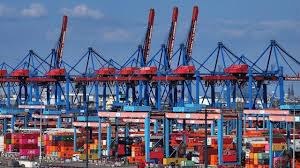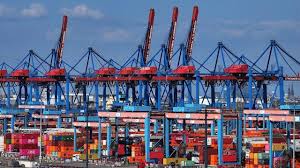Italy: Full steam ahead for vintage trains

Rome: Italy’s historic railways and ancient pilgrimage paths to get major boost from the nation’s massive post-covid recovery fund.
Italy is to invest €435 million in a “new form of railway tourism” – including vintage steam engines – to let visitors discover the art, landscape, food and wine of the country’s lesser-known destinations.
The news was announced by culture minister Dario Franceschini who said that in addition to historic railway lines, the funds would be used to develop ancient pilgrimage routes and cultural itineraries.
The funds will come from Italy’s massive National Recovery and Resilience Plan which has allocated €6.6 billion towards developing the country’s tourism and culture infrastructure.
Franceschini said that culture will play a key role in getting Italy back on its feet after the covid-19 crisis and hailed the plan as crucial in developing the country’s more remote, inland regions.
Italy’s vintage trains are powered by steam as well as diesel or electric locomotives, towing carriages from various historical periods, and railcars in their original livery.
On all routes there is a luggage compartment for the free transport of bicycles as part of an intermodal transport model to favour “slow and sustainable” travel, according to the culture ministry.
Some of the main plans include the redevelopment and upgrade of the Trieste-Campo Marzio railway museums; the ACE cabin in Roma Termini, an important architectural work of Italian rationalism; and the National Railway Museum of Pietrarsa, home to one of the most important railway museums in Europe.
Other major schemes include works to enhance the more than 600 km of railway lines that comprise the ‘Binari senza tempo’ project which transport people to “lesser-known but extraordinarily beautiful destinations” around Italy.
These 10 routes comprise trips across regions yet to experience larger-scale tourism, says the culture ministry.
The journeys include the so-called Transiberiana d’Italia, or snow train, that crosses through the forests of the Majella National Park and through the Abruzzo mountain areas; and the Val d’Orcia steam train that passes through of the most evocative landscapes of Tuscany.
Other routes include the Irpinia Railway between Avellino and Rocchetta, a 118 km journey through the heart of Irpinia, and the “Railway of the Temples” between Agrigento and Porto Empedocle, through the Valle dei Templi.
Funds are also destined for the enhancement of ancient pilgrimage paths and historical and cultural routes, including the boosting of projects already underway by the culture ministry.
Itineraries earmarked for funding include the Appia Regina Viarum project, along the Appian Way; for the religious paths of S. Francesco, S. Benedetto and S. Scolastica and on the Via Francigena, as well as projects linked to the Cammino di S. Pietro, ahead of the 2025 Jubilee Year.





